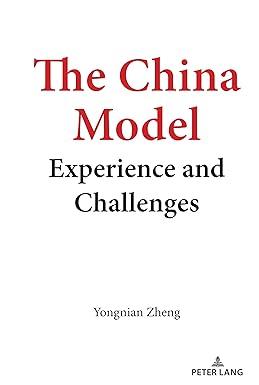Question
I In the last part of the lecture, our shoe manufacturing company expanded its production and sales to 225 pairs by borrowing $2,000 and thereby
I In the last part of the lecture, our shoe manufacturing company expanded its production and sales to 225 pairs by borrowing $2,000 and thereby increasing its assets accordingly.
For this question, assume the company rearranges its balance sheet - $9,000 in owners equity and $3,000 in debt. In other words, besides borrowing $2,000 in order to expand, as in the lecture example, it borrows an additional $1,000 (at the same interest rate) to return funds to owners. This is known as recapitalization replacing some equity with debt.
With this new balance sheet, recalculate profits and ROE on the 225 unit sales. Perform the DuPont Analysis, examining how each factor changed from the lecture case.
Coverage ratio measures a companys ability to service debt. It is the amount of money available to pay interest divided by the amount of interest that needs to be paid; i.e., the money coming down the waterfall just before it reaches the financing cost cliff divided by the financing cost on that cliff. Compare the coverage ratio in this question to the ratio in the lecture example of $10,000 equity & $2,000 debt.
II Suppose the IRS imposes a 20% tax on profits. Return to the original situation (200 pairs, $80 price per pair sold, $60 operating cost per pair). How much tax is paid? What are Before-Tax Profits, After-Tax Profits and After-Tax ROE?
Similar to the in-class example, what are the percentage changes in revenue, taxes, before- and after-tax profits due to a ten percent increase in unit sales?
Say a weakening macro-economy causes shoe sales to decline to 110. What are Before-Tax Profits, After-Tax Profits and After-Tax ROE?
Keep sales at 200 pairs. But labor costs (wages, benefits, pensions) jump to 75/pair from 40. Perform the same calculations. Why is this loss making situation qualitatively different from the above?
III You have a toy store. Your assets consist of $10,400 in inventory, $1,000 in equipment (phones, computers, etc.) and $600 cash. You are capitalized with $10,000 owners equity and $2,000 debt at 6%. Assume your only variable cost are the bikes you purchase from the manufacturer, $60/bike. Your fixed costs total $2500.
During the year you purchased 240 bikes and sold them at $80/bike. But you only paid for half the bikes you bought, the rest were sold to you on credit (i.e., youll pay later next year). What is your ROE for this year? What does your balance sheet look like at the end of the year?
Step by Step Solution
There are 3 Steps involved in it
Step: 1

Get Instant Access to Expert-Tailored Solutions
See step-by-step solutions with expert insights and AI powered tools for academic success
Step: 2

Step: 3

Ace Your Homework with AI
Get the answers you need in no time with our AI-driven, step-by-step assistance
Get Started


